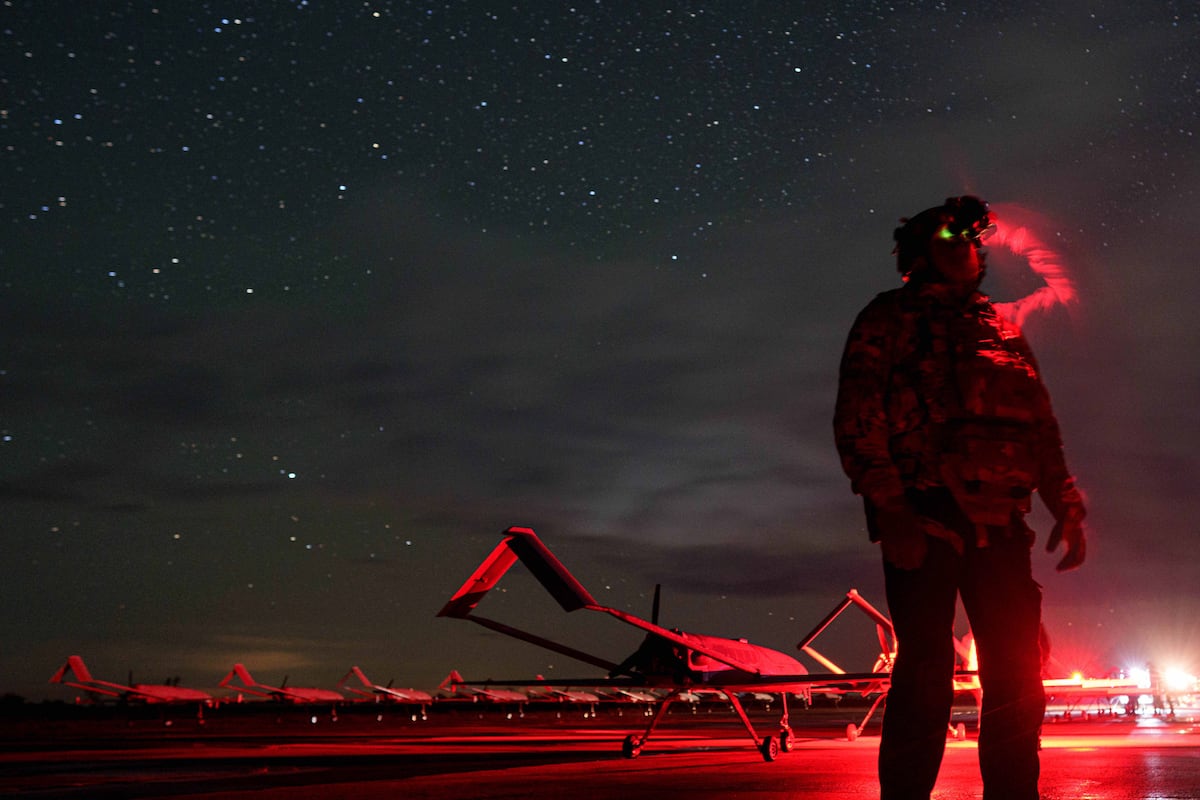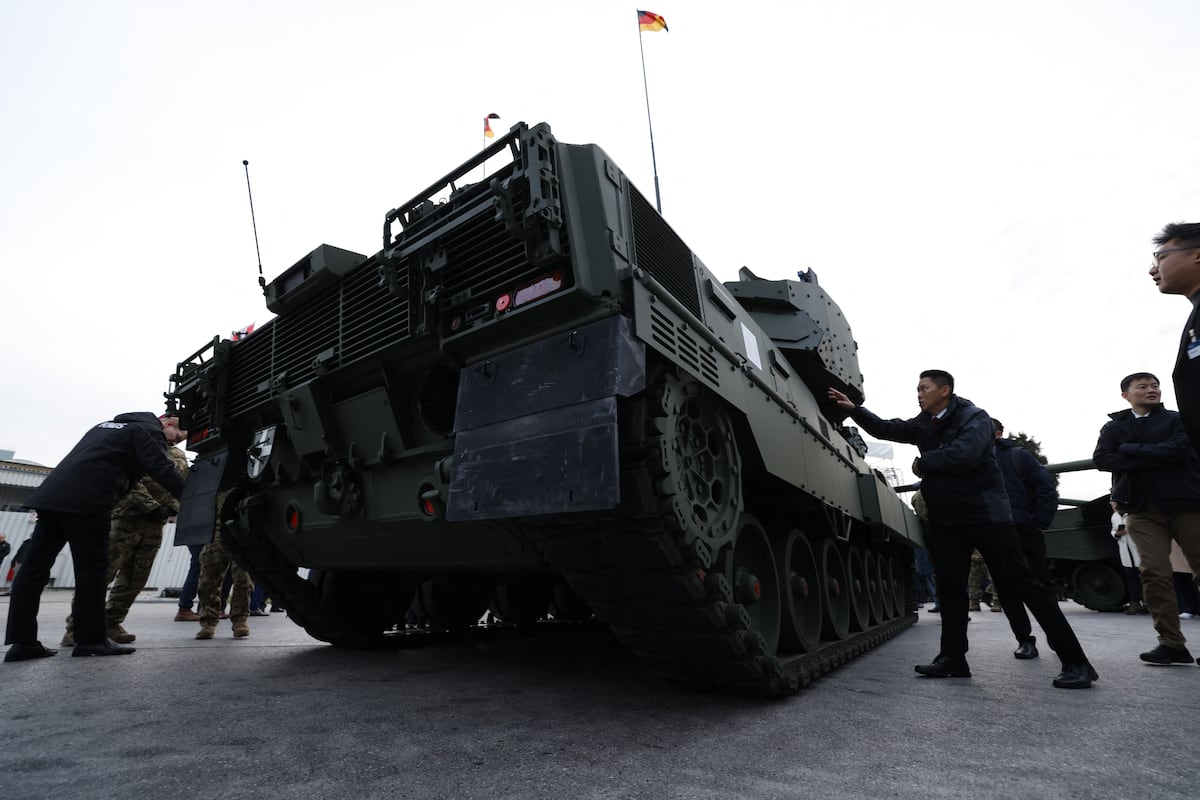The Air Force aims to keep its aging C-5 and C-17 airlifters flying years longer than planned as it awaits a next-gen replacement, officials said in recently released documents. That’s alarming some former mobility leaders.
A Nov. 19 solicitation memo says the C-5 Galaxy will fly until 2045 and the C-17 Globemaster until 2075, longer than previously planned, to ensure that the Air Force has enough airlift capacity while it waits for the Next-Generation Airlift aircraft.
NGAL is to reach production no earlier than 2038 and initial operating capacity three years after that. “To mitigate risks associated with acquisition delays, funding uncertainties, or technological challenges, the existing C-5M and C-17A fleets’ operational viability must be maintained until a fully capable replacement is fielded, which may require extending the service life and associated Military Type Certificate (MTC) of each platform,” the memo states.
The plan is to retire one C-5 as each new NGAL arrives, then do the same with the C-17s.
But keeping some of the Air Force’s oldest transport airframes in the skies is already a major effort, former service officials told Defense One. Maintenance hurdles, mission-capability rates, and recent mishap stats add to the concerns.
“Why would this approach to this old problem deliver a different result than what has already happened?” said Mike Minihan, who retired last year after leading Air Mobility Command. “Have we done the analysis to ensure that the capability that we’re delivering with this upgrade is actually what the warfighter needs?”
Minihan said he supports the Air Force’s efforts to field NGAL. (In May, he became an adviser to Radia, which aims to field the world’s largest cargo plane.) He also praised the memo’s acknowledgement that “uninterrupted inter-theater airlift capacity is paramount for global operations,”
But Minihan said the service needs to prioritize its future airlift capabilities, not just modernizing aging aircraft.
“I’m extremely worried about what I call the equilibrium. The equilibrium between the force that supports and the force that needs supporting, or the strike forces,” Minihan said. “So you’re going to have fifth- and sixth-generation bombers and fighters, and you’re still on generation-two airlifters and tankers.”
The C-5 entered service in 1970. After the AIr Force concluded in 2004 that the Galaxy still had decades of life, the remaining 52 airframes were re-engined and upgraded between 2006 and 2018. But last year, the type managed only a 48 percent mission-capable rate, thanks to maintenance and supply-chain problems that kept some airframes in the depot for 900 days. The Air Force Life Cycle Management even started a campaign, “Drive to 55.” to boost that rate to 55 percent.
Minihan has publicly argued that the Air Force should sell its C-5s to private companies, then charter them from time to time, as a way to “relieve the C-17.”
The C-17, which entered service in 1995, has a more reliable mission-capable rate of 75 percent. But in the past four years, Globemasters have been involved in 21 class-A mishaps—the deadliest and costliest incidents—more than any of the military’s most-used planes.
Jessica Ruttenber, a former Air Force pilot and program manager who oversaw the C-5 and C-17 portfolios, said she was unsurprised by the service’s call to extend the life of the two transports, but said the cost of doing so would continue to be high.
“It’s a grandfather jet, so it doesn’t surprise me one bit,” Ruttenber said. “The thing that concerns me for the C-5 and the C-17…is the maintenance cost and the upkeep.”
Responses to the NGAL solicitation are due in about two months, and the analysis of alternatives is to take place in 2027, the memo said.
Read the full article here








Leave a Reply